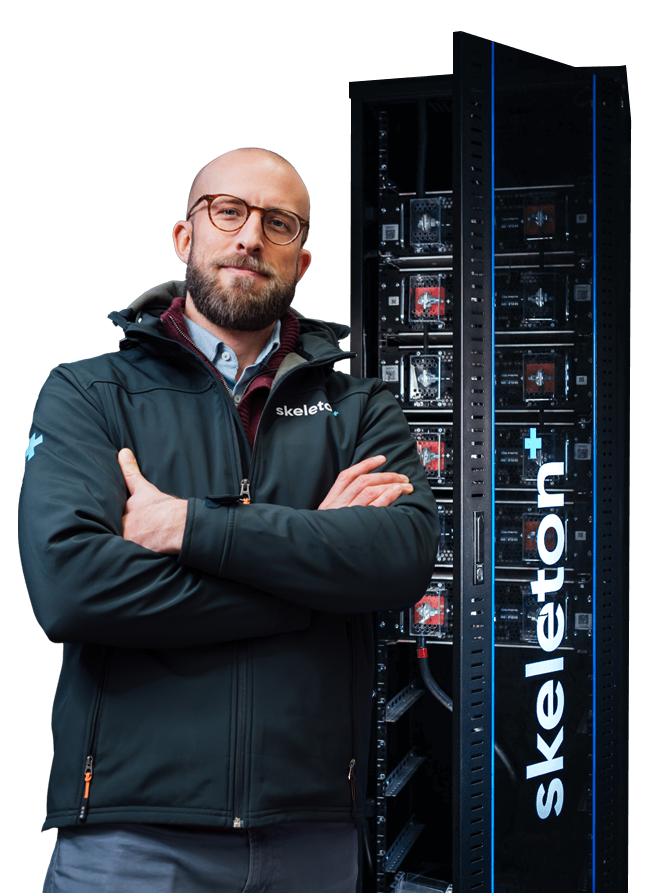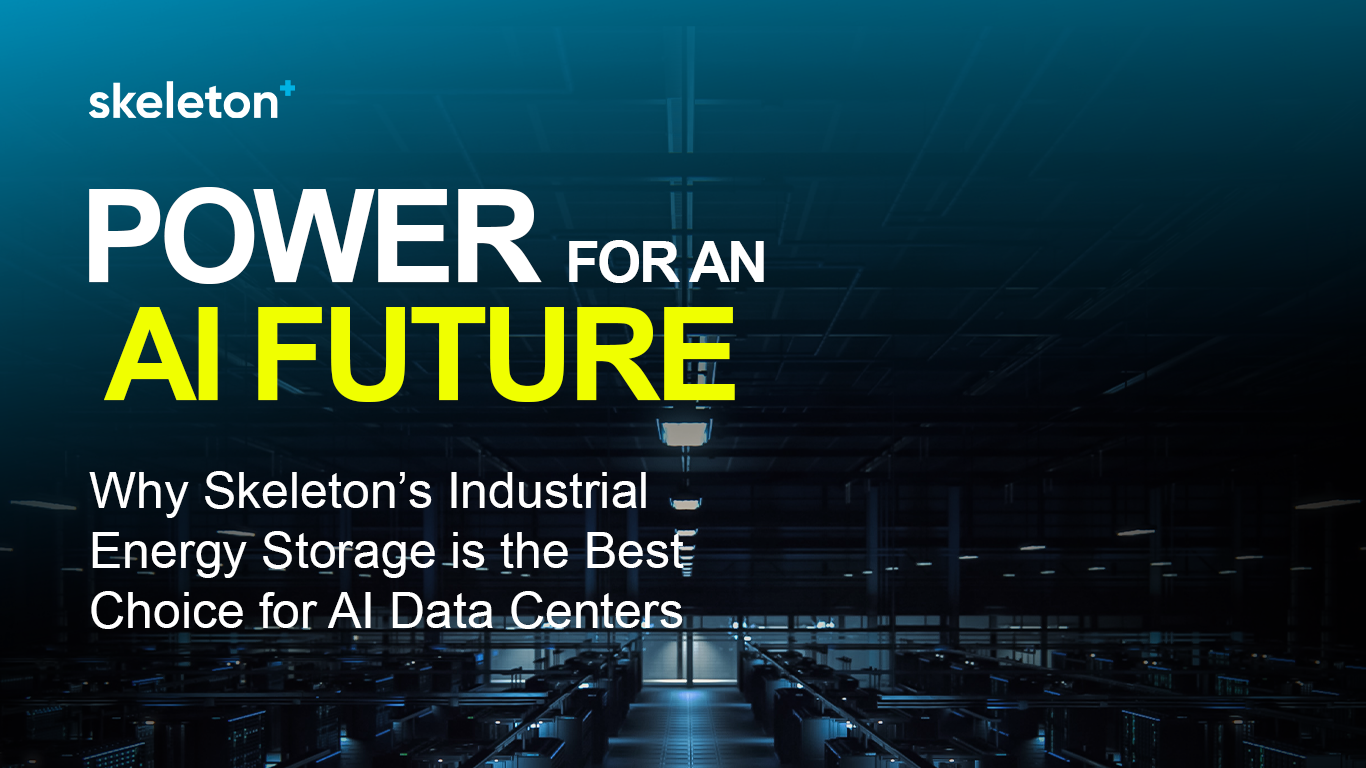
SuperBattery: The Most Reliable Energy Storage for Data Centers
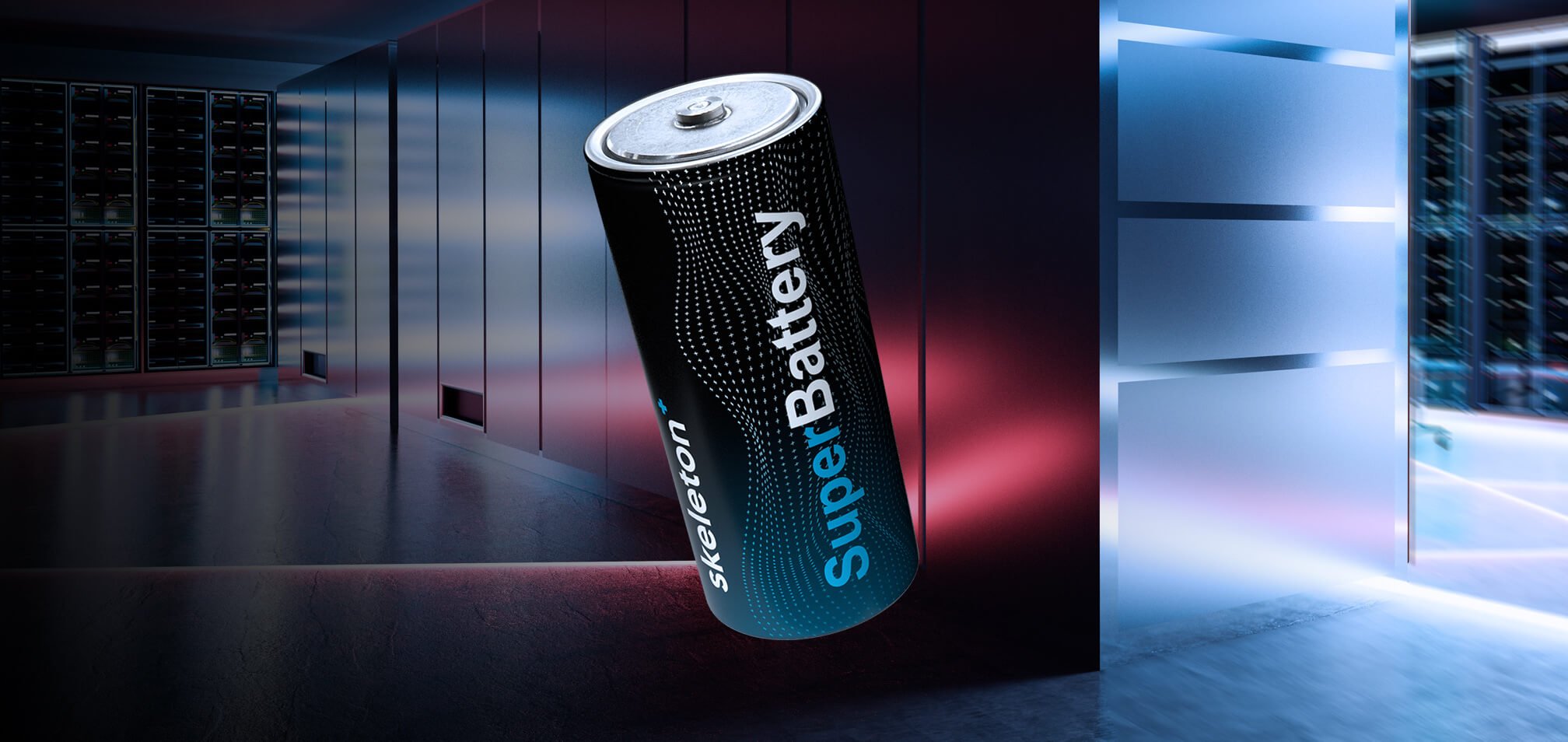
Skeleton's Head of Application Engineering Ludovico Barro explores the sophistication of data centers and discusses the role of high-power energy storage in keeping these vital, yet power-hungry structures running 24/7 without interruption.
Between the late 1960s and early 1970s, the foundation for one of humankind's most influential inventions, the Internet, was laid. Its initial incarnation was rudimentary and slow, a far cry from the seamless connectivity we're accustomed to today. Yet, it was undeniably a game-changer. Early users could communicate and share information in digital format, albeit slowly.
Fast forward to the late 20th and early 21st centuries, data storage and computing underwent a significant transformation with the emergence of servers. These machines centralized data storage and computing on dedicated hardware, independent of user proximity. The widespread adoption of broadband internet access in the 2010s further catalyzed this shift.
AWS (Amazon Web Services) played a pivotal role in popularizing a new concept: cloud storage. Suddenly, our favorite photos and music weren't just stored on our physical devices, but in an intangible realm we affectionately dubbed "the cloud".
Yet, "the cloud" isn't a mystical place in the sky. It's a tangible reality rooted in massive computers that operate tirelessly, day and night, often far away from end-users. Data centers have become integral to our digital lives. Every Facebook check, online news article, or query on Google and to Siri taps into terabytes of data housed in these faraway, yet swiftly accessible, repositories.
It's not unsurprising that as we generate more digital knowledge daily, our need for storage space grows correspondingly. It's crucial that this information is stored reliably, without the risk of permanent loss.
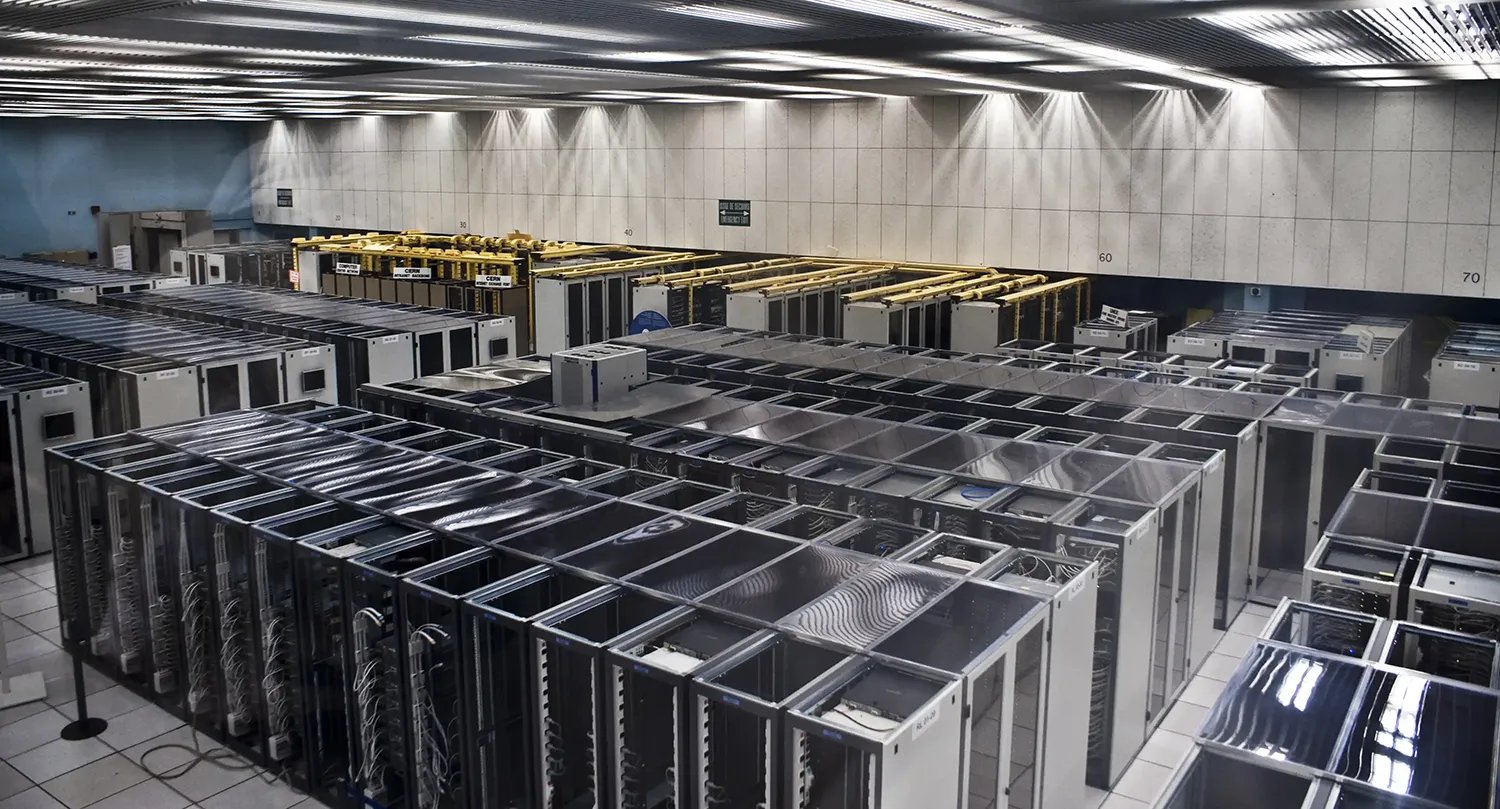
Contrary to their fluffy "cloud" moniker, data centers are colossal structures. They devour vast amounts of power and are sources of both noise and heat.
Data centers have been around for a while - why the sudden need for more energy storage?
Data centers create a significant load on the power grid, but with traditional data centers this load is stable and predictable. However, the increase of renewable energy into the grid further can make grid power more unreliable, especially with generation methods like solar PV that inherently lack system inertia.
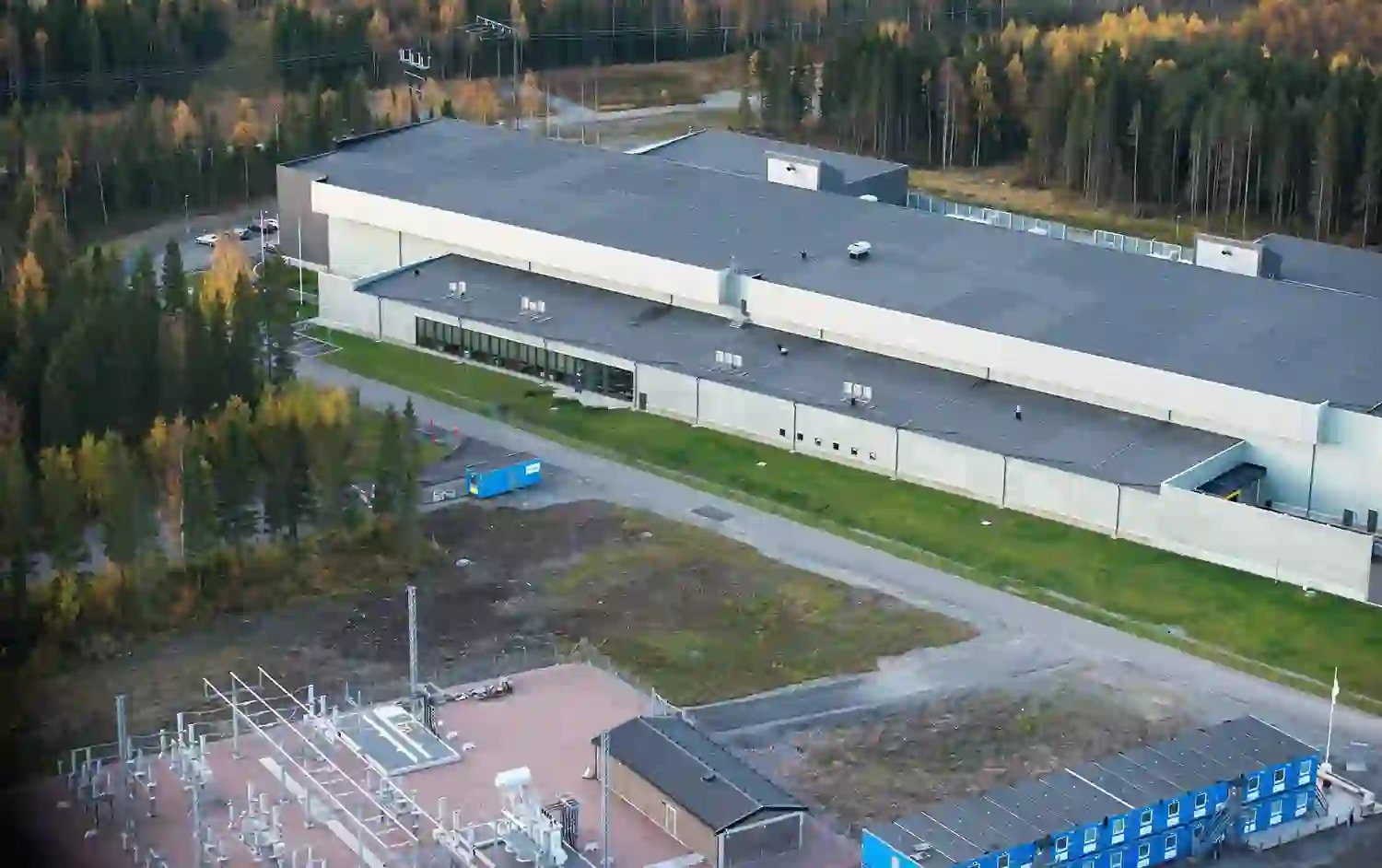
In addition, AI tools like ChatGPT, Bard, and Claude, to mention a few, are changing how data centers need to operate and also vastly increase their power requirements, often in an unpredictable way. AI operations can mean that an entire data center is performing the same task across all of its processor cores, which results in massive peaks of power demand and, of course, the data center must have a way to cope with these peaks of power.
With the growing sophistication of data centers and our increased dependency on them, the protective tools surrounding them need to match this progression. Skeleton Technologies' SuperBattery offers a cutting-edge solution for these issues.
- SuperBattery’s balanced energy and power rating makes it the optimal solution for bridging short-term power gaps.
- The high carbon content in its electrodes, combined with the double-layer capacitance, enables it to function like a supercapacitor in the short term (up to 1-2 seconds). This makes it an ideal solution for peak shaving, managing load transients and decoupling the load from the grid supply.
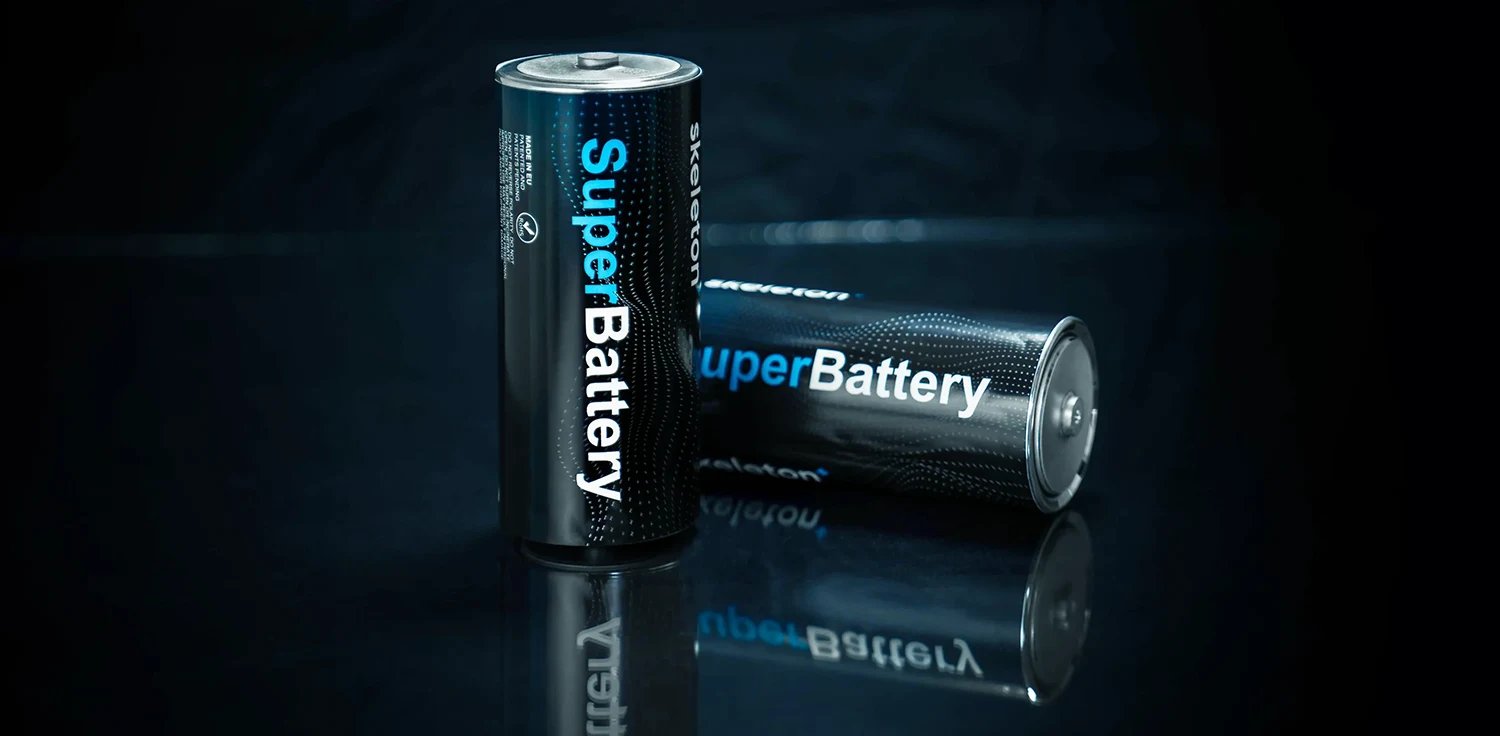
With the support of Skeleton SuperBattery, data centers can continue to expand and enhance their capacities while maintaining consistent power and reliability.
When looking into the technical solutions, the tasks mentioned above can be carried out with different strategies: decentralized or centralized energy storage units. Typically, Skeleton's smaller form factor cells are deployed in custom modules and packs. By incorporating small UPS (uninterruptible power supply) modules directly within computer racks, there's a continuous power supply and peak shaving available for GPUs (graphic processing unit), which are at the heart of data center hardware.
While these decentralized solutions are designed for lower voltage levels close to the load, centralized solutions (designed next to the primary switchboard or distribution network) offer an equivalent option. These require Skeleton's larger cell form factor (D60) and are designed for higher voltage requirements. In both cases, Skeleton has in its portfolio the best technology and cell form factor to satisfy data centres needs: ranging from small backup units embedded in the server racks, to centralized peak-shaving stations at the grid connection point.
The energy storage technology landscape is continually evolving, and Skeleton is at the forefront. By engaging with end-users and integrators, Skeleton anticipates their challenges, refines product specifications and remains ahead of competitors in addressing customer needs.
In rapidly expanding markets like data centers, Skeleton's proactive approach ensures fast solutions, even for challenges yet to emerge.

Ludovico Barro, Lead Application Engineer at Skeleton Technologies
Photos: TheVelocity (Wikimedia) & Tortap (Wikimedia)
